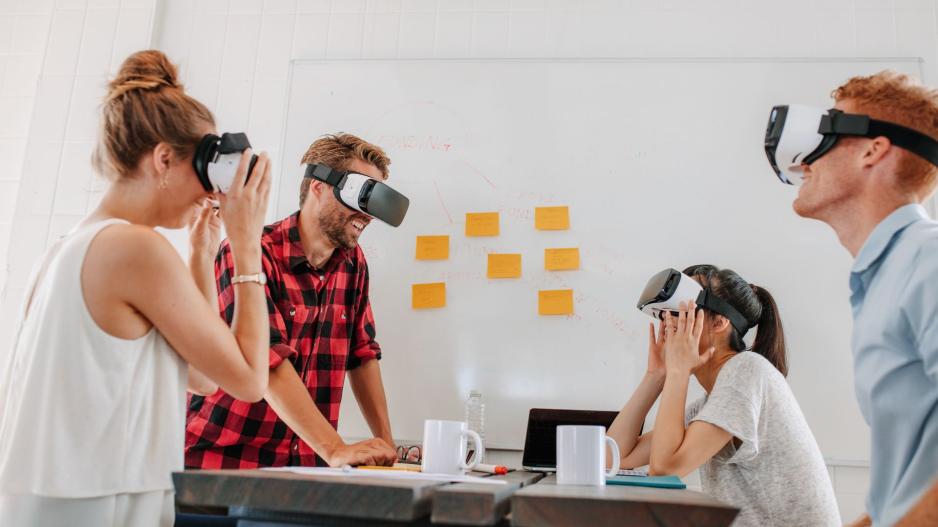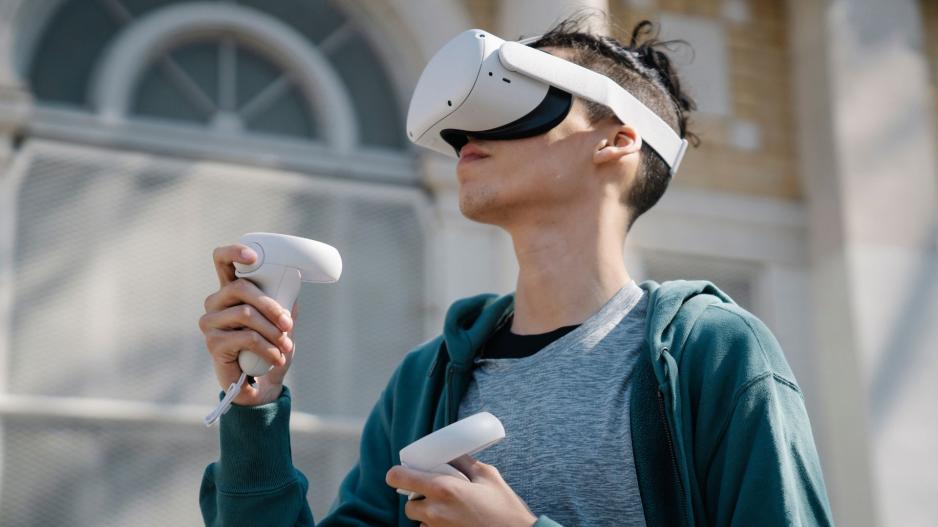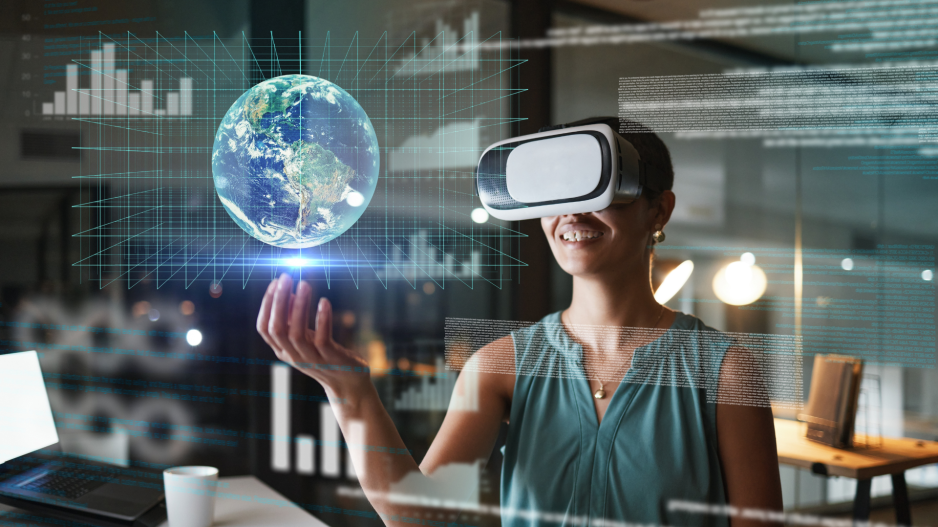How VR Is Shaping Tomorrow's Workplace And Society
From Immersive Training To Remote Collaboration And Inclusive Environments
In the rapidly evolving landscape of technology, virtual reality (VR) is poised at the forefront of a transformative revolution in the way we work. What was once primarily a tool for gaming and entertainment has now matured into a powerful asset for industries ranging from healthcare to manufacturing, promising to redefine workflows and productivity paradigms.
VR technology is expected to move beyond entertainment, significantly impacting the professional world by providing immersive training environments and facilitating remote collaboration, transforming how we train, collaborate, and innovate.
The AR & VR market, according to Statistica, is projected to generate revenue of US$40.4 billion in 2024, is expected to grow at an annual rate of 8.97% (CAGR 2024-2029), reaching a projected market volume of US$62.0 billion by 2029, and set to change numerous aspects of daily life in profound and multifaceted ways.
From immersive entertainment experiences that blur the lines between reality and fiction to virtual social platforms that enhance global connectivity and collaboration, VR is opening new dimensions of human interaction and engagement. As hardware and software advancements continue to evolve, VR holds the promise of creating a more interconnected world where virtual experiences seamlessly integrate into our daily routines, transforming everything from how we work and play to how we learn and communicate.
VR can simulate realistic work environments for training purposes, allowing workers to gain experience and practice skills without the physical risks or resource constraints associated with real-world training. By creating highly realistic, interactive environments, VR enables employees to practice skills and procedures in a safe and controlled setting. This approach not only enhances learning retention but also allows for training in scenarios that are too dangerous or impractical to replicate in the real world, such as emergency response, complex surgical procedures, or high-risk industrial operations. Moreover, VR training modules can be tailored to individual learning paces and styles, ensuring a more personalized and effective learning experience, and can be particularly beneficial in fields requiring precision and quick decision-making, as it allows learners to repeatedly practice and refine their skills.

As remote work becomes more prevalent, VR can bridge the gap between physical and virtual workspaces. Tools such as video conferencing, cloud-based document sharing, and real-time messaging platforms enable seamless communication and collaboration among remote teams. By creating immersive virtual workspaces where team members can meet, share ideas, and work on projects as if they were in the same room, this technology allows for more interactive and engaging meetings, improving team cohesion and productivity. Furthermore, remote collaboration tools support flexible work arrangements, helping companies attract and retain top talent by offering the possibility of working from anywhere.
For industries like architecture, engineering, and construction, VR will enable more sophisticated design and visualization capabilities. VR technology allows for highly immersive experiences, enabling stakeholders to explore and interact with 3D models of buildings and structures before they are physically built. This can help identify potential design flaws, optimize layouts, and improve overall project outcomes. Additionally, VR facilitates better collaboration among architects, engineers, clients, and contractors, allowing them to review and discuss designs in real time, regardless of their physical location. By visualizing construction sequences and planning logistics more effectively, VR helps in identifying potential issues before they arise in the physical build process, ultimately leading to enhanced project efficiency and reduced costs.
One of the transformative applications of virtual reality (VR) lies in remote assistance and support. Imagine a scenario where technicians in different parts of the world can collaborate seamlessly on complex tasks through immersive VR environments. This capability is already revolutionizing industries such as manufacturing and field services, where real-time guidance and troubleshooting are critical. Using augmented reality (AR) overlays, experts can provide detailed instructions and annotations directly onto the technician's field of view, enhancing clarity and precision in executing tasks. This not only reduces downtime and operational costs but also improves overall efficiency by minimizing travel requirements and accelerating problem-solving processes

By creating virtual environments that can be customized to accommodate diverse needs, VR technology is breaking down physical and geographical barriers that often limit participation. Employees with disabilities, for example, can navigate virtual spaces designed with accessibility features like customizable interfaces, voice commands, and simplified controls, allowing them to contribute effectively regardless of their physical limitations.
Moreover, VR facilitates inclusive collaboration by providing a level playing field where all team members can engage equally. This inclusivity extends beyond physical disabilities to include diverse learning styles and communication preferences, fostering a more supportive and equitable work environment, and allowing it to be able to cater to a broader spectrum of accessibility needs.
While virtual reality (VR) holds immense promise for transforming various aspects of work and life, its adoption comes with several significant challenges and considerations. One of the primary concerns is the initial cost of implementing VR technology. High-quality VR hardware and software can be expensive, especially for smaller businesses or organizations with limited budgets. Additionally, ongoing maintenance and upgrade costs add to the financial burden of adopting VR solutions.
Another critical challenge is data security and privacy. VR environments often involve storing and processing sensitive information, raising concerns about data breaches and unauthorized access. Ensuring robust cybersecurity measures, such as encryption and secure authentication protocols, is essential to protect sensitive data and maintain user trust.
Furthermore, integrating VR into existing workflows and processes requires careful planning and adaptation. Employees may require training to effectively use VR tools and understand how they fit into their daily tasks. Resistance to change and a learning curve can affect adoption rates, necessitating clear communication, support, and incentives to encourage widespread acceptance and proficiency.
As VR technology continues to advance, its integration into everyday work processes will likely accelerate. Companies that embrace VR early on stand to gain a competitive edge by improving productivity, reducing costs, and fostering innovation. The future workplace promises to be more interconnected, collaborative, and immersive than ever before, thanks to the transformative power of virtual reality.






